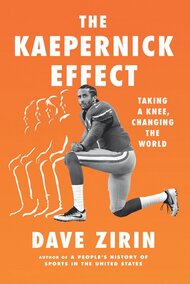Sports Unions Come Together to Fight for the PRO Act

The sports unions for basketball, baseball, football, and hockey have combined forces—and the labor movement is stronger for it.
The PRO Act is about as important a piece of labor legislation as we’ve seen in some time. It holds the potential to open the door for workers and organizers to step up and reverse 40 years of losses for organized labor. The law, whose initials stand for Protecting the Right to Organize, aims to do just that: protect workers from being harassed or fired if they try to organize a union or if they try to help their already existing union become more active in their workplace. This is seen as the number one legislative priority for organized labor. The bill’s chances of passing the Senate are regarded as slim, but that isn’t stopping the union movement from trying to get it passed. Now the PRO Act has very loud and proud support from another group of “pros,” the major sports unions of the United States: the Major League Baseball Players Association, the NBA Players Association, the NFL Players Association, and the NHL Players Association.
Together they released a statement where they said, “Now is the time to overcome decades of increasing obstacles to working people who choose to exercise their right to organize a union and bargain collectively we have all experienced firsthand the benefits a union can bring, and believe all workers should have the same fair chance to work together to improve their pay, benefits and working conditions. We urge passage of the #proacts without further delay.”
Seeing professional sports leagues come together is not at all common. My experience is that while the various executive directors of the unions have similar politics and similar goals, their memberships are wildly diverse in terms of politics and approach. It’s one of the challenges of running a union where the membership is also a series of individuals with individual interests organizing their own contracts. These athlete-workers also have collective interests, of course, around a whole host of issues such as health, safety, working conditions, and the amount of money that they can bargain for and control. The challenges are compounded by the reality that most players have short careers, putting pressure on the union not to strike, lest wages be lost or players punished for being too pro-union. The PRO Act would protect those players just as it would protect workers across the board.
I reached out to NFLPA Executive Director DeMaurice Smith, who said, “Our player members are coming off a year during which they negotiated a CBA and fought for amendments that helped protect their wages, safety, benefits, and working conditions during a pandemic. That’s the power of a union. Collectively, alongside the MLBPA, NBPA and NHLPA, we want to do everything in our power to make sure PROAct is passed so that this country’s workers are not continually stripped of these same rights to organize and negotiate for what they deserve.”
Similarly, MLBPA Executive Director Tony Clark said, “This is an important moment for the labor movement, and the PRO Act is significant legislation that can help workers who want to join together to collectively represent their interests.”
The PRO Act is not just good for all workers, and not just good for the athletes themselves; it is also good for sports fans. If the PRO Act was law back in 1994, Major League Baseball owners could never have used scabs/replacement players to try to break the union and force a salary cap. Instead, they would have been obligated to bargain in good faith. That would have meant no strike or lockout and that the tantalizing “what ifs” from that year—Could Tony Gwynn have hit .400? Could Matt Williams have broken Roger Maris’s home run mark? Could the Montreal Expos have won the World Series and saved baseball in Montreal?—would have been answered.
Similarly, the lockouts that ravaged the 1999 NBA Season or the NFL’s scab season of 1987 would instead have been times when the games could have gone on instead of a succession of shuttered doors or an invasion by scab labor.
We will see whether the coming together of these sports unions has a material impact on the struggle for the PRO Act, but it definitely signals a willingness of these entities not only to wade into political waters but also to join forces. This is a step forward, first for the sports unions but also for the labor movement as a whole. The more integrated sports unions—with all of their cultural capital—become with labor, the more powerful the movement becomes.
More columns ⇒
Support the Work
Please consider making a donation to keep this site going.
Featured Videos
Dave on Democracy Now!

